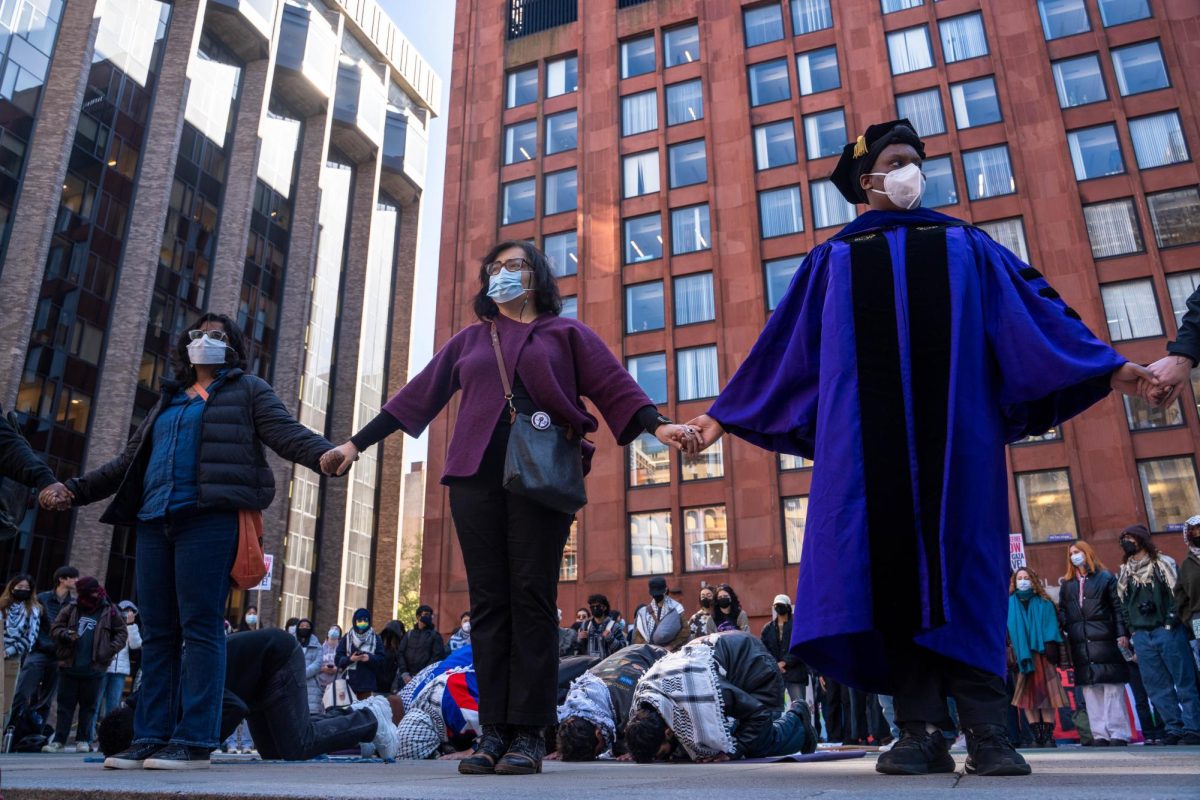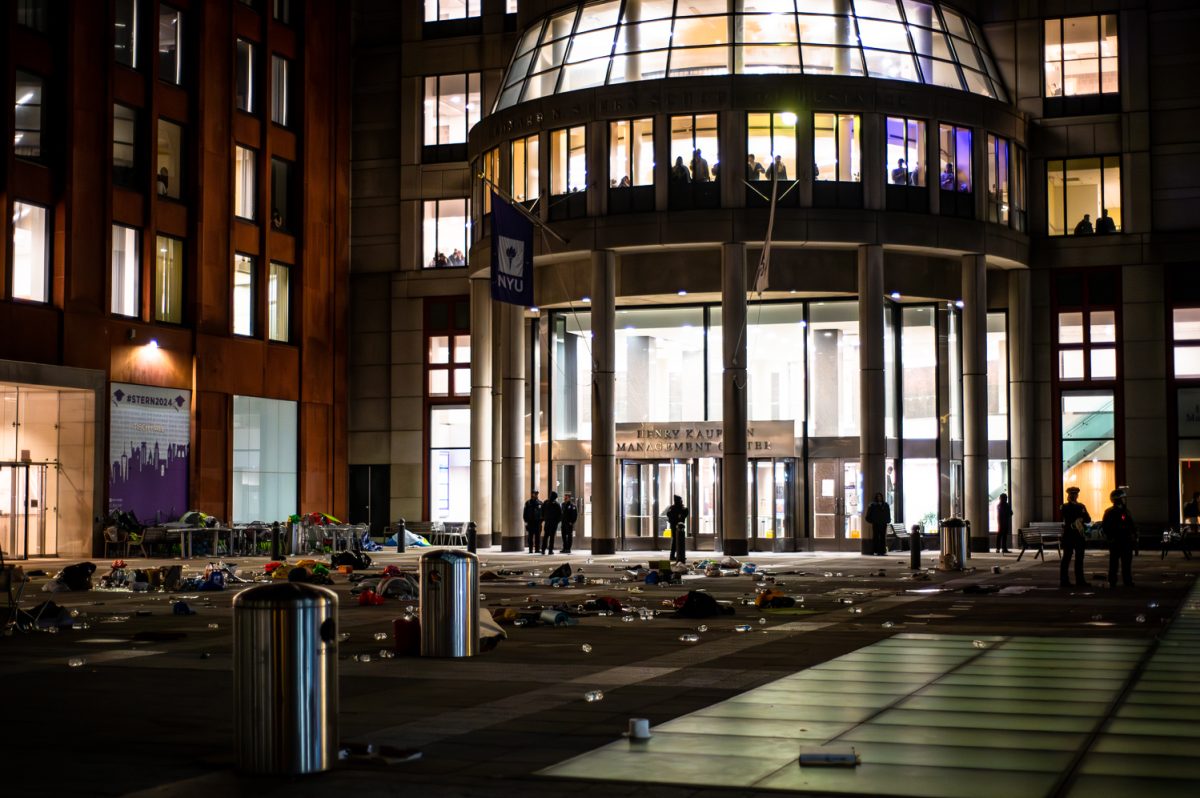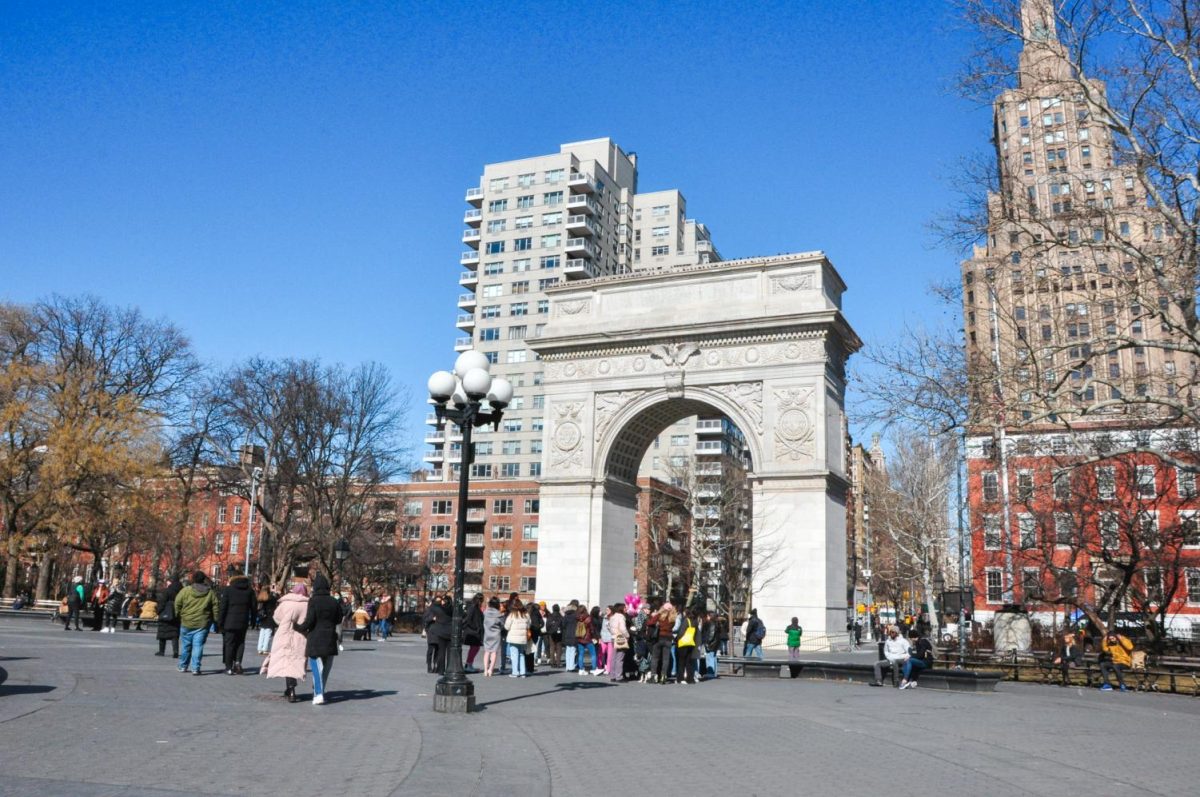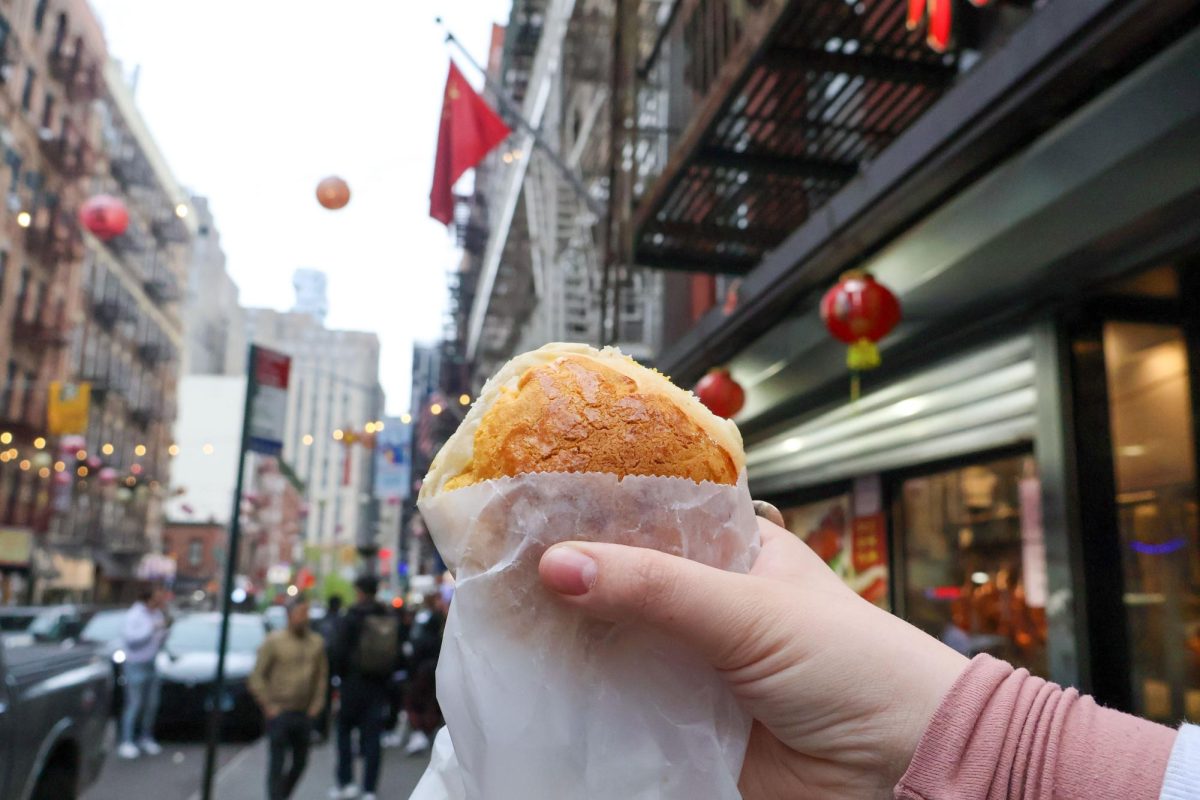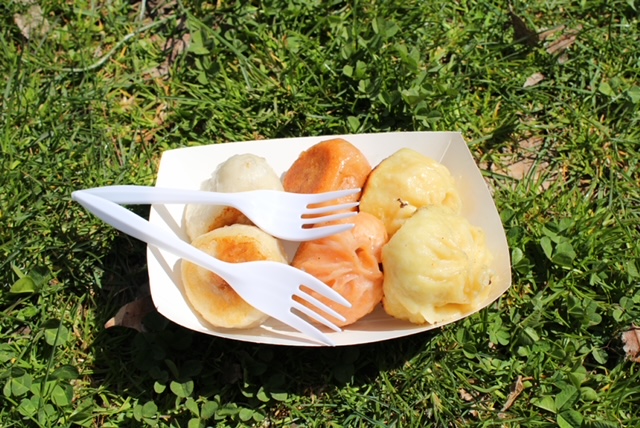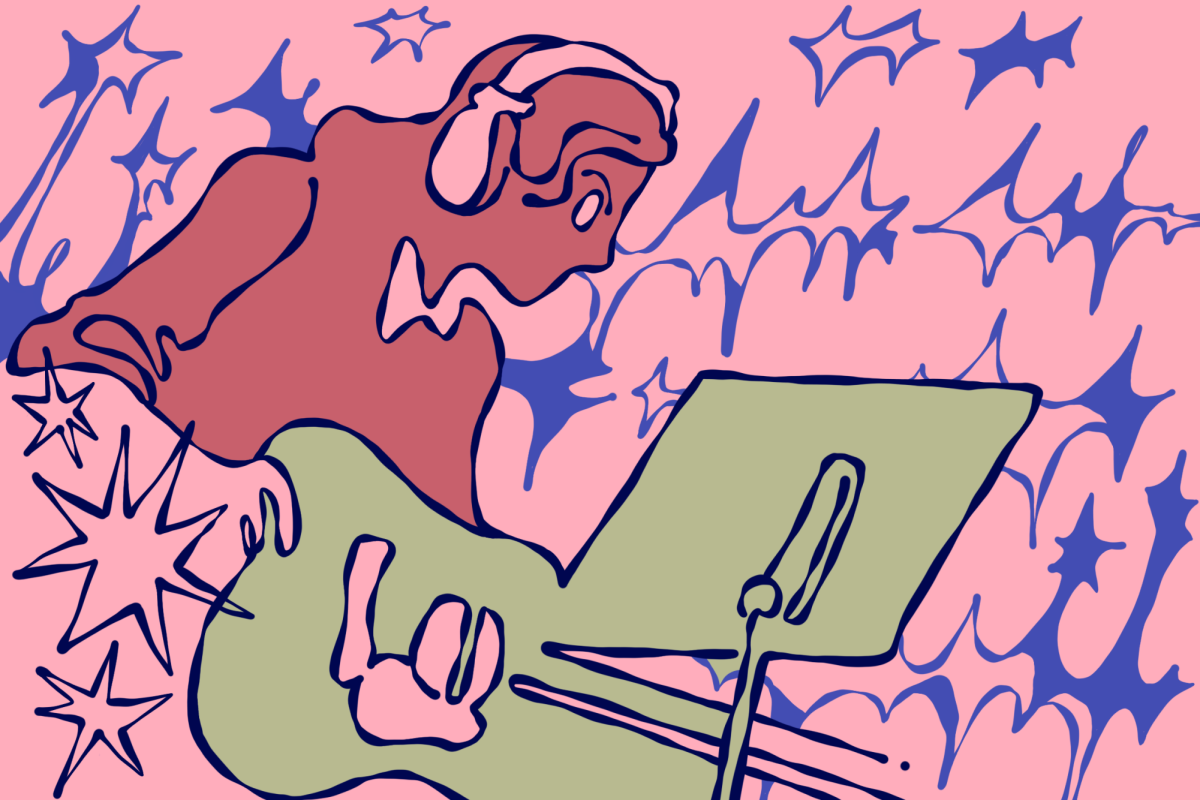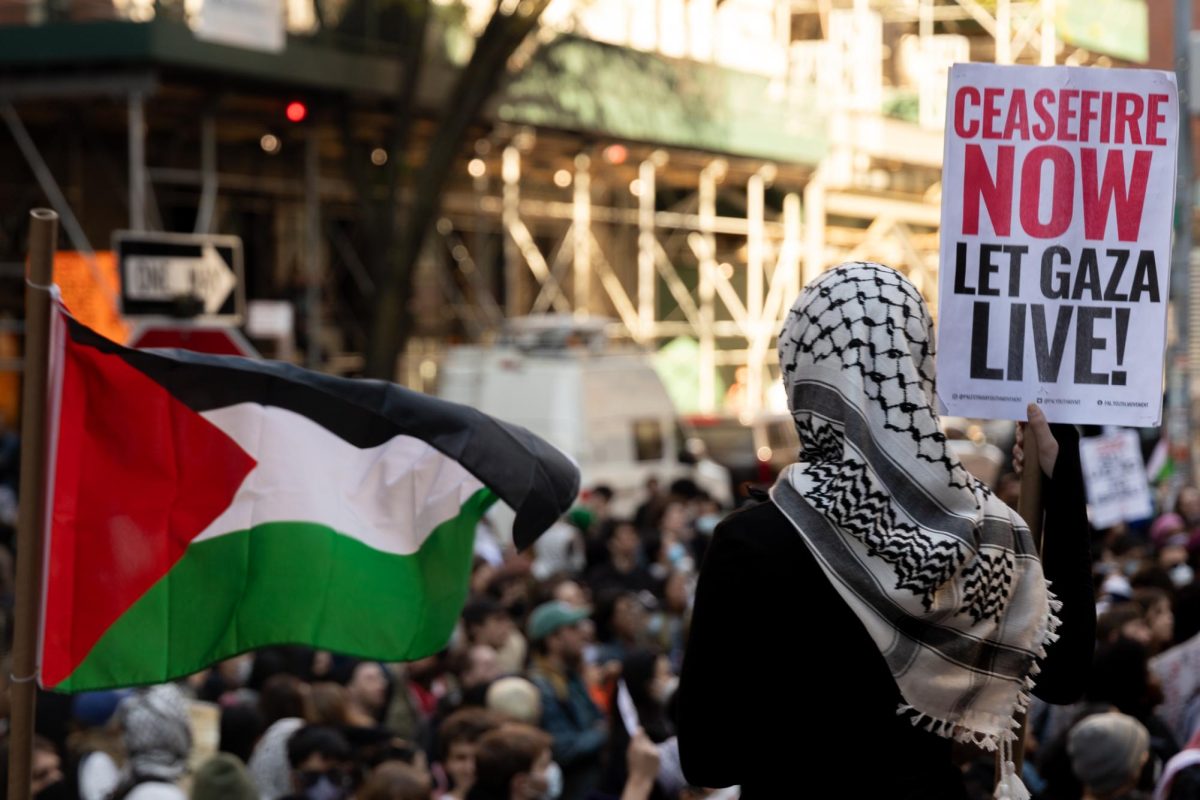A Nonviolent Response To Bigotry
October 5, 2017
In 1988, Patti Smith sang “The people have the power to redeem the work of fools,” a statement that remains true now, almost 30 years later. The political climate we live in today is built on making people feel manipulated and powerless. Throughout history, when faced with opposition that felt unmovable, people have responded in one of two ways — they’ve either given up or they’ve fought back. These campaigns against wrongful and overbearing power aren’t just expressed through protests and rallies, but through art, writing and, my personal favorite, protest songs.
In the 1940s, a time of turmoil what with the Great Depression having just ended and World War II rearing up, Franklin Delano Roosevelt was leading the United States into war. This era of disaster led to folk singer Woody Guthrie writing a song called “Talking Hitler’s Head Off Blues,” criticizing fascism as well as the war that was raging overseas, and emblazoning his guitar with the phrase “this guitar kills fascists.” Cited as an inspiration for countless future protest-song writers, Guthrie brought attention to the use of music as a tool in dissent.
Twenty years later, in the 1960s through to the mid-1970s, the world was in a state of renewal. The Civil Rights Movement was in full swing, there was a war being fought in Vietnam, Cuba was threatening to attack the United States with nuclear weapons and John F. Kennedy and Martin Luther King Jr. were assassinated. Through it all were protest songs. Probably the most famous protest songs from this period came from Bob Dylan. With songs like “Hurricane” and “The Lonesome Death of Hattie Carroll,” the first being about a boxer who is racially profiled by police and the latter about the murder of a black barmaid by a wealthy white man from a tobacco-farming family, Dylan brought folk music, and with it protest songs, to the mainstream.
Another popular Dylan protest song, and probably the most notable, is “The Times They Are A-Changin,’” written and released after JFK’s assassination and right before the passing of the Civil Rights Act of 1964. Dylan calls out members of the government to get out the way and let change through: “Come senators, congressmen, please heed the call, don’t stand in the doorway, don’t block up the hall.”
The most striking protest songs are those are those by artists who have experienced racism and bigotry themselves, like Nina Simone’s “Mississippi Goddam.” The uncertainty experienced in daily life by black people during Jim Crow is clear in her description of “hound dogs on my trail, school children sitting in jail, black cat cross my path, I think every day’s gonna be my last.”
Obviously if the ’60s and ’70s are up for discussion, The Beatles are going to come into this somehow, and they do. Outspoken against war, their 1968 release of “Revolution” made protest songs the soundtrack to many a teenage girl’s life, with pro-peace lines like “when you talk about destruction, don’t you know you can count me out.”
“Revolution” was a Lennon-McCartney creation, and the first of many protest songs for John Lennon, who, once solo, penned “Power to the People,” and, most famously “Imagine” — both about ending violence and living in peace. These songs and more have laid the groundwork for the presence of politics in music, with bands like Rage Against the Machine releasing “Killing In the Name” aimed at George W. Bush, and, more recently, A Tribe Called Quest releasing “We the People” aimed at President Donald Trump. Protest songs are a way for people to communicate their feelings and critiques about the world in which they live in such a way that those around them might just stop, and, for once, listen.
A version of this article appeared in the Thursday, Oct. 5 print edition.
Email Honor Saskia Milton at [email protected].


